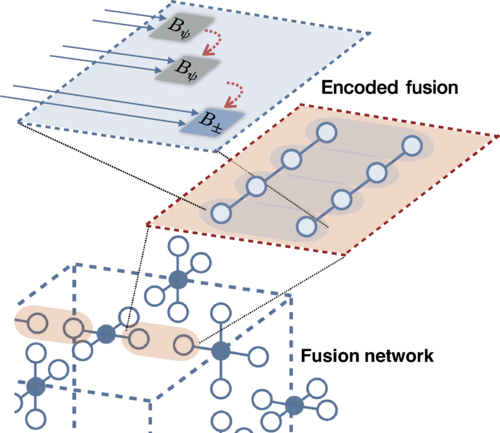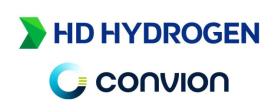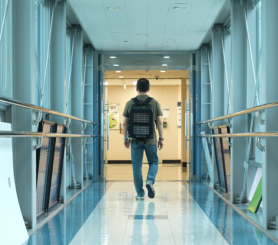
The team, led by Dr. Lee Seung-woo at KIST Center for Quantum information, designed a fault-tolerant quantum computing architecture based on their error correction technique. Their method achieved a maximum photon loss threshold of 14 percent, significantly higher than the 2.7 percent reported by PsiQuantum, a U.S.-based quantum computer development company.
Quantum error correction is crucial for the practical implementation of quantum computing technology that can outperform digital computers. As quantum systems grow in size and complexity, errors accumulate, making algorithmic execution impossible without proper error correction.
The performance of general-purpose quantum computers employing quantum error correction is evaluated by the maximum fault-tolerance threshold. KIST's technology not only achieved the highest threshold value worldwide but also demonstrated superior resource efficiency compared to PsiQuantum's method.
"Just as semiconductor chip design technology is important, architecture design is crucial in quantum computing. Even with 1,000 qubits, it's difficult to perform a single logical qubit operation without an error-correcting structure," Dr. Lee said.
The research, supported by the Ministry of Science and ICT, was published in the international journal Physical Review Letters on Aug. 1.
Copyright ⓒ Aju Press All rights reserved.



